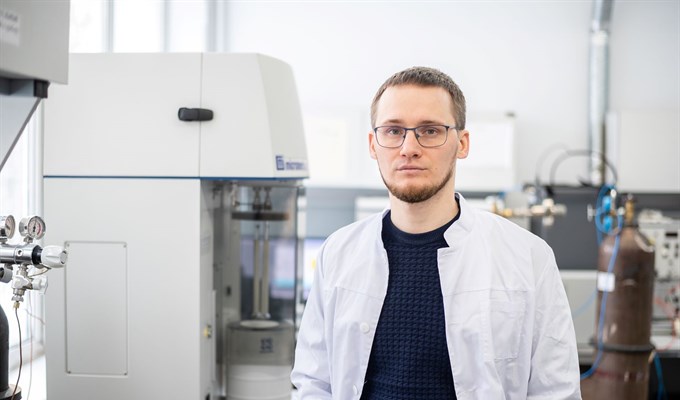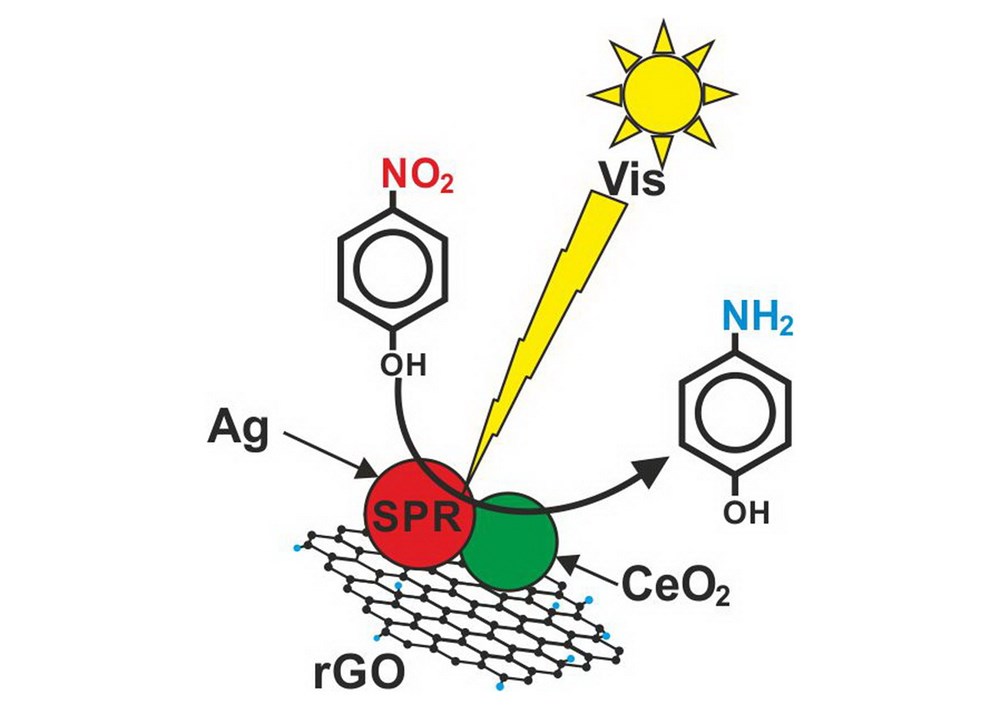TOMSK, Jan 25 – RIA Tomsk. A young scientist of Tomsk State University (TSU) Grigory Mamontov creates a new class of catalysts that
will help to synthesize useful chemical compounds using only natural light.
Details of the project are in the RIA Tomsk review.
Earlier it was reported that at the end of 2020, the
results of competitions for grants of the President of the Russian Federation
for young scientists and leading scientific schools of Russia were summed up.
1,5 thousand applications were received for state support, about 500 of which
were supported. Grants of the President of the Russian Federation aimed at
strengthening state support for young Russian scientists are assigned annually
in the amount of 600 thousand rubles a year for candidates of sciences and 1
million rubles a year for doctors of sciences for a period of two years.
Among the winners of the aforementioned competition
are five TSU scientists, including Grigory Mamontov, a researcher of the
Laboratory of Catalytic Research of the TSU Faculty of Chemistry. His project
is "Creation of composites based on plasmonic silver nanoparticles and
graphene derivatives for selective photocatalytic processes".
Expensive catalyst
As reported on the TSU website on Monday, Mamontov is
working on the creation of a new class of catalysts that will act on the
principle of photosynthesis, that is, will make it possible to synthesize
useful chemical compounds under the influence of visible light.
According to the scientist, the use of photocatalysts
is economically beneficial, since it does not require high temperatures and
pressures. The main condition for the action of such materials is the presence
of natural light or its imitation.
"Most of the catalytic processes today are
implemented in industry at elevated temperatures and pressures. Gold, platinum,
palladium are used to ensure high activity and selectivity of catalysts. One of
the key challenges facing chemists is their reduction or complete refusal",
– Mamontov is quoted.
The task of scientists is to develop approaches that
allow not to use expensive noble metals, as well as to soften the conditions of
the catalytic processes. Ideally, the catalyst should operate at atmospheric
pressure and room temperature.
"At the same time, it is desirable to bring its
selectivity to 100%, as it is implemented in living organisms (enzymatic
catalysis). Photocatalysts for selective chemical conversion are a new
direction in world chemistry. Within the framework of his project, Mamontov is
developing principles for creating such materials", – says the website of
TSU.
© сайт Томского государственного университета
Grigory Mamontov
Special role
An important place in the project is given to graphene
derivatives with unique properties. The press service of the university notes
that after the Nobel Prize was awarded for research with this two-dimensional
material in 2010, the popularity of graphene began to grow rapidly. Researchers
at advanced scientific centers are looking for applications of graphene in
various fields, including photocatalysis.
With reference to Mamontov, it is explained that at
the first stage of the project, graphene oxide and reduced graphene oxide will
be synthesized by chemical methods. The method is rather laborious;
nevertheless, it is supposed to obtain it chemically, and not to acquire
graphene oxide obtained by physical methods.
In the next stage, samples of catalysts based on
graphene oxide containing silver nanoparticles and cerium oxide will be
produced.
"Combining of plasmonic silver nanoparticles that
absorb visible light, cerium oxide, which is a semiconductor, and a conductive
substrate based on reduced graphene oxide in one material should facilitate a
selective photocatalytic process", – the message added.
Catalytic (in the dark) and photocatalytic (with
additional irradiation with a lamp simulating sunlight) properties of the catalysts
will be tested in the reaction of reduction of nitrophenol to aminophenol. This
reaction is a model, but in the future, scientists plan to expand the range of
chemical reactions that could be carried out with this type of catalyst.
© сайт Томского государственного университета
Silver (Ag) and cerium oxide (CeO2) nanoparticles on the surface of reduced graphene oxide (rGO), on which the reaction of reduction of nitrophenol to aminophenol occurs under the influence of visible light (Vis)
Fundamental character
These studies are aimed primarily at identifying the
features of obtaining new functional materials based on plasmonic nanoparticles
and graphene derivatives. In addition, the aim of the project is to study the
nature of the active catalyst centers and the mechanisms of catalytic
conversions, including photocatalytic ones.
"It is photocatalytic selective processes that
can become the basis for the development of new approaches in energy-saving and
environmentally friendly energy, processing of hydrocarbons into valuable
organic compounds necessary for chemical, pharmaceutical, food and other
industries", – sums up the author of the project.
© сайт Томского государственного университета
.